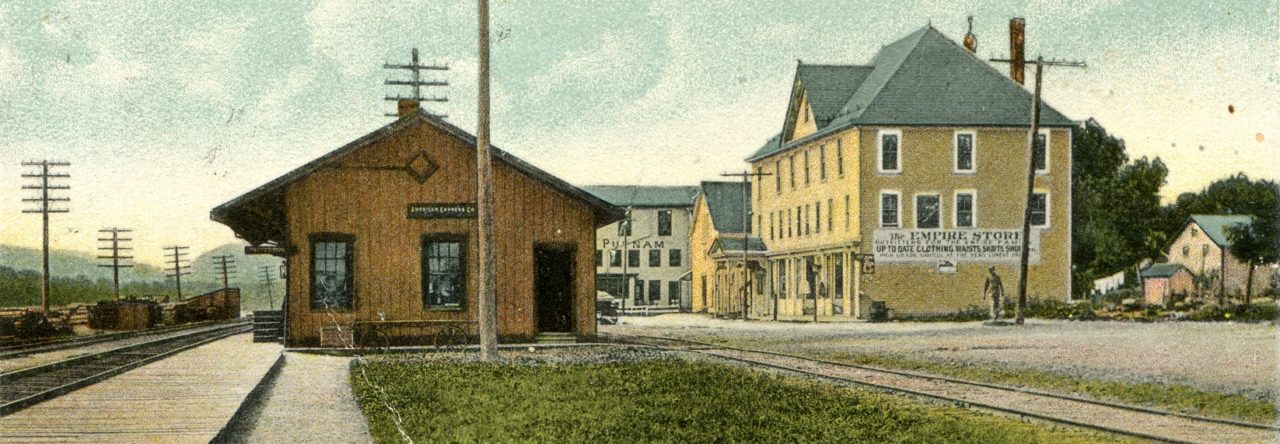The settlers west of the Oblong bounds would be disappointed in expectations of ownership and a continuation of the benefits of Connecticut colonization for in the 1750 the heirs to the Upper or Highland Philipse Patent would began to lay claim to its eastern end beginning with a survey in 1754 to determine its extent and bounds. And would increasingly exert control over this mixed settlement.
The issues in the disputes were more than simple land ownership, and more even than what land ownership meant in terms of access to and control of government. At their core, the conflicts were between two very different views for the organization of society and the matters that framed and guided daily life. These underlying cultural differences were significant and antagonistic (and would later be decisive in determining Revolutionary alignments).
The Yankees had developed from a tradition of contrariness and resistance. Their European ancestors had opposed the Papist monarchs of England (or, for some, France, Spain, or the Holy Roman Empire) and had come to America to fashion a life for their families as part of a new society. For many their American ancestors, in the Cape Cod area, or Rhode Island, or Connecticut, had been exiles or separatists from the practices and policies of the Massachusetts Bay Colony. Their grandparents or parents had witnessed the civil (and riotous) opposition to the attempts of English monarchs to strip New Englanders of charter rights and turn all of the northeast into a royal province. The Yankees were independent, self-determining and therefore fractious and fragmentative, nevertheless they had developed a community model that was highly successful in rapid settlement of a harsh wilderness (eventhough destructive of Native Americans’ cultures and, ultimately, the environment). This settlement process was powered by land distribution to reward the investment of the founding proprietors and the initiatives of the yeomen farmers, to attract vital talents (a minister, a miller, a blacksmith), to support the local church and school, and to provide for limited, local, family expansion. The hard-won returns, of the families favored by Divine Providence, were reinvested in local development or continued frontier settlement. The Yankee values were sustained and the divisive tendencies were kept in check by a social structure centered around the community church and managed through the town meeting (and a representative sent to the distant capital), and by continued access to the frontier which absorbed excesses and provided continued promise of individual family opportunity.
There wasn’t a place for the Yankee yeomen in the political order of New York which was an oligarchy of wealthy merchants and large landowners who controlled all phases of government for economic and personal interests. These presumptive aristocrats supported the English monarchy and advanced an English model of great estates worked by tenants as part of a royal province (in opposition to the Yankee model for participatory, colonial government and small, family landholdings). These rich gentlemen hoarded land, and instead of re-investing the farmers’ surplus skimmed off much of this capital to squander (it may have seemed to the frugal and modest-living New Englanders) on great houses, fancy dress and carriages, imported goods, and lavish entertainments in New York City. The society of wealthy New York City merchants and landlords was as foreign to the Connecticut Yankees, in many ways, as the Dutch had been, and it was more hostile. Accommodation with the New England cultural strain was not a consideration for the landlords who felt entitled to influence and control education, religion, and the standard of living of the populace, and to deny the Yankees their own views of status and self-worth. The landlords’ idea of social order was one that subordinated the populace (socially, economically, religiously, politically) to a small cotherie of privileged, interbreeding, wealthy families. Nevertheless the Yankees attempted to defend the existing distribution of land and the accompanying social order and local rule.
